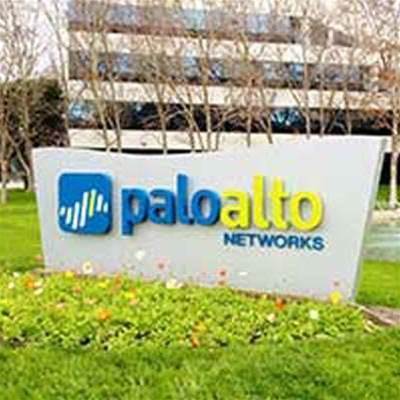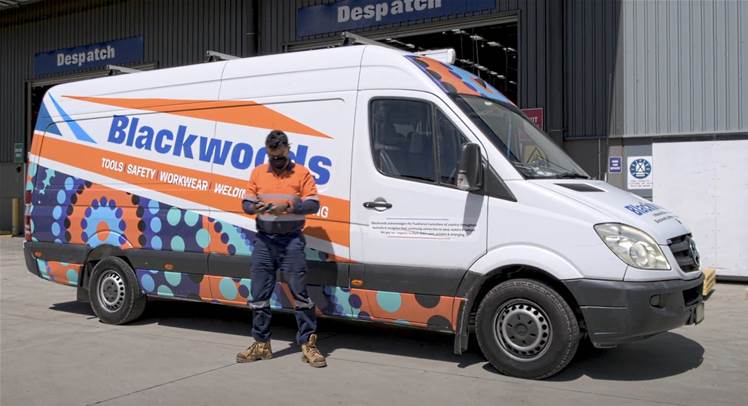Domino’s Pizza Unveils AI-Driven Scheduling System Nationwide in Australia
We independently review everything we recommend. When you buy through our links, we may earn a commission which is paid directly to our Australia-based writers, editors, and support staff. Thank you for your support!
Domino’s Pizza Implements AI-Enhanced Rostering Across Australia
Domino’s Pizza Enterprises, the foremost pizza chain in Australia, is leveraging artificial intelligence to enhance its operations. The company has revealed intentions to introduce an AI-based smart rostering system throughout its global operations within the next 12 to 24 months. This calculated initiative is designed to optimise labour expenses and boost in-store effectiveness, reinforcing Domino’s status as a technologically advanced leader in the fast-food sector.

Quick Overview
- Domino’s Pizza Enterprises to launch AI-enhanced smart rostering system globally in 12-24 months.
- The new AI-powered system seeks to optimise labour expenditures and elevate store efficiency.
- Initial trials of the system have yielded positive results in Australia, New Zealand, and the Benelux region.
- The comprehensive rollout is anticipated by FY2025-26.
- Domino’s recorded a net profit of $120.4 million for FY24, indicating a minor decrease from the previous year.
Why AI-Enhanced Rostering?
With the fast-food sector becoming more competitive, organizations like Domino’s are adopting technology to keep their advantage. The AI-enhanced rostering system aims to more precisely forecast customer demand, thereby optimising workforce allocation and decreasing labour costs. This system utilises machine learning algorithms to evaluate historical data, weather patterns, and local events to estimate how many employees are needed at various times of the day.
Advantages of AI in Workforce Management
A significant advantage of this AI-driven system is its capability to minimise human errors in scheduling, which frequently results in either overstaffing or understaffing. Through this technology, Domino’s can guarantee that an appropriate number of employees are scheduled during both peak and non-peak times, enhancing customer service while simultaneously sustaining cost efficiency.
Successful Trials Lead to Global Implementation
Domino’s initiated early testing of the AI-enhanced rostering system in Australia, New Zealand, and the Benelux region. The successful outcomes of these trials have led the company to pledge a full implementation across its global networks by FY2025-26. The trials showcased notable advancements in labour cost management and operational efficiency, essential in the fiercely competitive fast-food landscape.
In-Store Workforce Tracking and Management System
Alongside the AI-enhanced rostering system, Domino’s is broadening its in-store workforce tracking and management solution. This system has already demonstrated encouraging results in Australia, New Zealand, and the Benelux region. It enables store managers to effectively oversee employee performance and make real-time modifications, further refining labour costs and improving customer service.
Financial Performance and Strategic Vision
Despite the obstacles faced during FY24, Domino’s Pizza Enterprises reported an underlying net profit after tax of $120.4 million. While this marks a 1.9% decrease from the prior year, the organization remains hopeful about the future. The introduction of AI-driven technologies is part of a wider strategy to boost operational efficiency and sustain profitability in an evolving marketplace.
Future Perspectives
The integration of AI technologies is poised to be a vital aspect of Domino’s long-term strategy. By enhancing workforce management and operational efficiencies, the company intends to maintain its lead in an increasingly data-driven fast-food sector. The global deployment of the AI-enhanced rostering system represents a significant advancement in this direction and could establish a new benchmark for the industry.
Conclusion
Domino’s Pizza Enterprises is preparing to transform its operations with the worldwide launch of an AI-driven smart rostering system. Following successful trials in Australia, New Zealand, and the Benelux region, the company intends to roll out the system across all its outlets within the coming 12-24 months. This effort aims to optimise labour expenses and enhance operational effectiveness, aligning with Domino’s larger strategy to harness technology for competitive leverage. The company additionally reported a net profit of $120.4 million for FY24, despite a slight dip compared to the previous year.
Q: What is the AI-enhanced rostering system that Domino’s is rolling out?
A:
The AI-enhanced rostering system is a smart scheduling solution that employs machine learning algorithms to predict customer demand and optimise staff allocation. It evaluates various data inputs, such as historical sales information, weather conditions, and community events, to ensure that restaurants are appropriately staffed at peak times.
Q: How has the AI-enhanced rostering system performed during trials?
A:
The system has been undergoing initial trials in Australia, New Zealand, and the Benelux region. The trials have indicated that the system can significantly enhance labour cost management and operational efficiencies, prompting Domino’s to commit to a complete rollout by FY2025-26.
Q: What other technologies is Domino’s adopting to enhance operations?
A:
In addition to the AI-enhanced rostering system, Domino’s is también expanding its in-store workforce tracking and management infrastructure. This technology aids store managers in monitoring employee performance and making real-time adjustments to streamline labour costs and boost customer service.
Q: When can we anticipate the AI-enhanced rostering system will be entirely implemented?
A:
Domino’s plans to globally roll out the AI-enhanced rostering system over the next 12-24 months, with full implementation expected by FY2025-26.
Q: How does this AI-driven strategy align with Domino’s overall objectives?
A:
This AI-driven strategy is a component of Domino’s broader ambition to utilise technology for operational efficiency and retain a competitive advantage in the fast-food market. By optimising labour expenses and upgrading customer service, the company seeks to enhance profitability and long-term viability.
Q: What financial results did Domino’s announce for FY24?
A:
Domino’s announced an underlying net profit after tax of $120.4 million for FY24, reflecting a 1.9% decrease from the preceding year. Despite this minor decline, the company remains positive about future growth, particularly with the integration of new technologies.
Q: Why is Domino’s concentrating on improving its workforce management systems?
A:
Labour costs constitute a significant expense in the fast-food arena, and proficient workforce management is essential for upholding profitability. By implementing AI-enhanced rostering and advanced tracking systems, Domino’s aims to streamline these costs while concurrently improving customer service and store performance.










.jpg)


